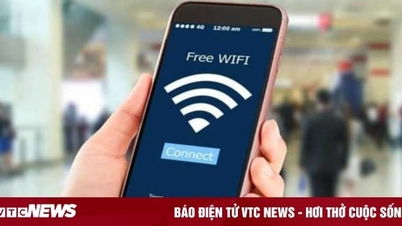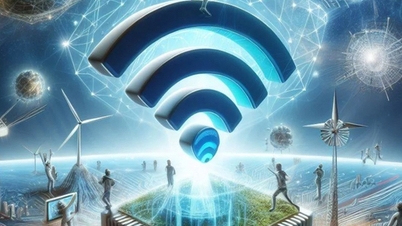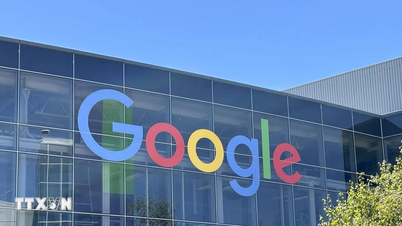According to Tech Unwrapped , Li-Fi has been around for a while but has yet to achieve the same level of popularity as Wi-Fi. However, this will soon change as IEEE has just established an industry standard for this wireless communication technology.

Li-Fi offers faster, more stable and secure speeds
Li-Fi is a technology that actually uses visible, infrared, or ultraviolet light instead of radio frequencies to transmit high-speed data. Li-Fi then uses special LED bulbs installed in homes and offices as routers, allowing users to receive wireless connections using light waves.
The Li-Fi Alliance says the technology could be 100 times faster than current Wi-Fi, but that’s still theoretical and has yet to be formally tested. Not only does it offer transfer speeds of up to 224 GB/s, but it also operates on a proprietary optical spectrum, which ensures greater reliability, lower latency, and jitter. Additionally, the line-of-sight propagation of light enhances security by preventing wall penetration, reducing the risk of interference and eavesdropping, and allowing for centimeter-accurate indoor navigation.
Now that the IEEE 802.11bb standard has been published, manufacturers can start integrating the technology into their products. One of the main Li-Fi companies, pureLiFi, has prepared a Light Antenna ONE module for integration into connected devices. The company says the new wireless networking technology is preferable to Wi-Fi because it allows for more connections without clutter, is more secure and private, and supports the most bandwidth-intensive tasks.
Source link



![[Photo] Bustling construction at key national traffic construction sites](https://vphoto.vietnam.vn/thumb/1200x675/vietnam/resource/IMAGE/2025/5/2/a99d56a8d6774aeab19bfccd372dc3e9)






























![[Photo] Binh Thuan organizes many special festivals on the occasion of April 30 and May 1](https://vphoto.vietnam.vn/thumb/1200x675/vietnam/resource/IMAGE/2025/5/1/5180af1d979642468ef6a3a9755d8d51)
![[Photo] "Lovely" moments on the 30/4 holiday](https://vphoto.vietnam.vn/thumb/1200x675/vietnam/resource/IMAGE/2025/5/1/26d5d698f36b498287397db9e2f9d16c)































































Comment (0)